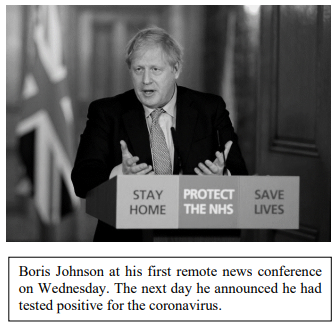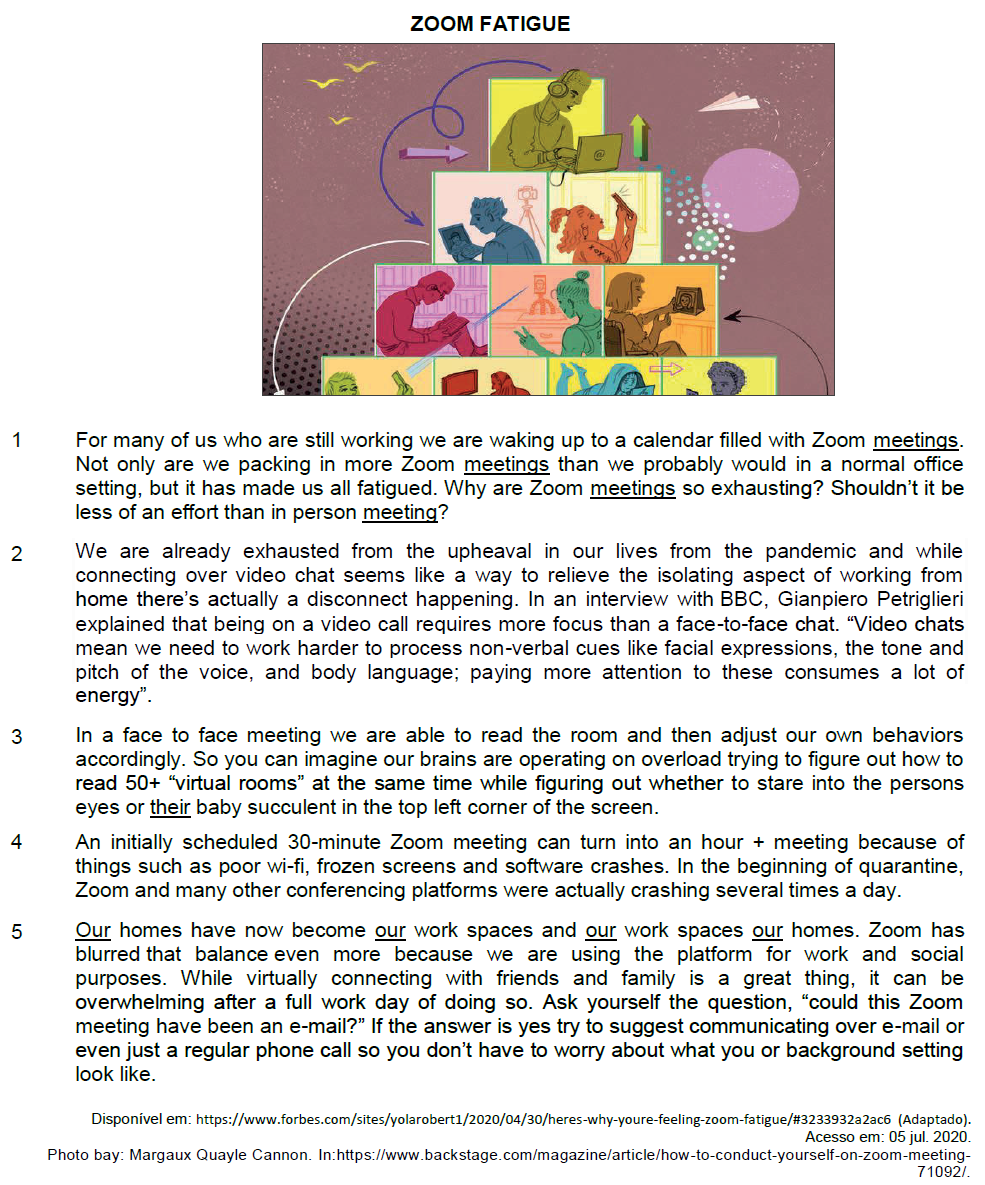Texto 5
Coronavirus has swept through tribes, killing elders and inflicting irreparable damage on tribal history, culture and medicine
When Bep Karoti Xikrin fell ill with Covid-19, he refused to go to a hospital. The 64-year-old chief of a Xikrin indigenous village in Brazil’s Amazon was plagued by headaches and fatigue and struggled for breath. But, according to his daughter Bekuoi Raquel, he was afraid that if he were admitted to hospital he might never return.
Instead, he died in his village – and with him, was lost decades of knowledge and leadership. “He knew so much about things we haven’t even experienced,” said Bekuoi, 21. “Everyone admired him. He was very loved.”
As Brazil’s confirmed overall death toll from Covid-19 passes 50,000, the virus is scything through the country’s indigenous communities, killing chiefs, elders and traditional healers – and raising fears that alongside the toll of human lives, the pandemic may inflict irreparable damage on tribal knowledge of history, culture and natural medicine.
The Munduruku people alone have lost 10 sábios, or wise ones. “We always say they are living libraries,” said Alessandra Munduruku, a tribal leader. “It’s been very painful.”
The victims include prominent figures such as Paulinho Paiakan, a Kayapó leader who fought alongside rock star Sting against the Belo Monte dam.
The indigenous organisation Apib has logged at least 332 Covid-19 deaths, and 7,208 coronavirus cases across 110 communities. “We are facing extermination,” said its executive coordinator, Dinamam Tuxá.
Indigenous leaders such as Tuxá say the government of the far-right president, Jair Bolsonaro, is failing to protect the country’s 900,000 indigenous people – many of whom live in small communities, where dozens often share the same house.
Tuxá said Brazil’s Funai indigenous agency has taken too long to send emergency food kits to people isolating in their villages, forcing them to risk infection by traveling to nearby towns for emergency government payments. Funai said it had delivered 82,000 basic food kits and 43,000 hygiene kits.
Some leaders even blame government health workers for bringing the virus. Katia Silene Akrãtikatêjê, 51, a chief from the Gavião tribe in Pará state, believes she caught Covid-19 after a government health team visited their village to give flu vaccines. “Everyone got sick from there on,” she said.
From: shorturl.at/finAM. Accessed on 07/01/2020


